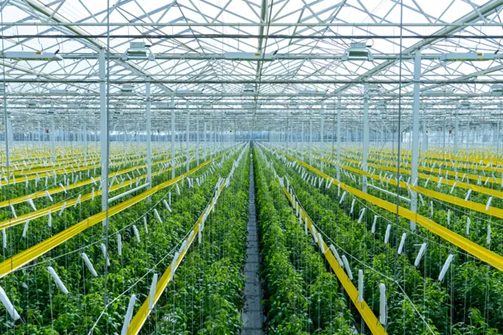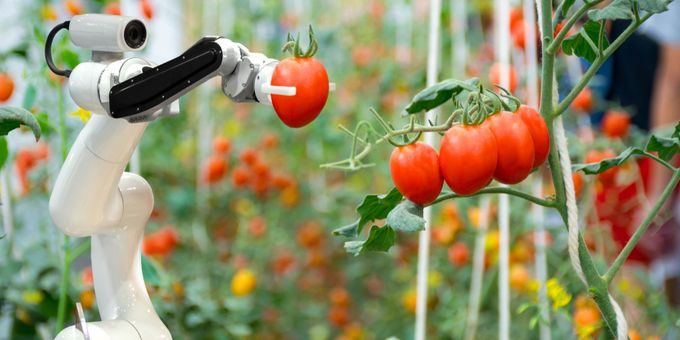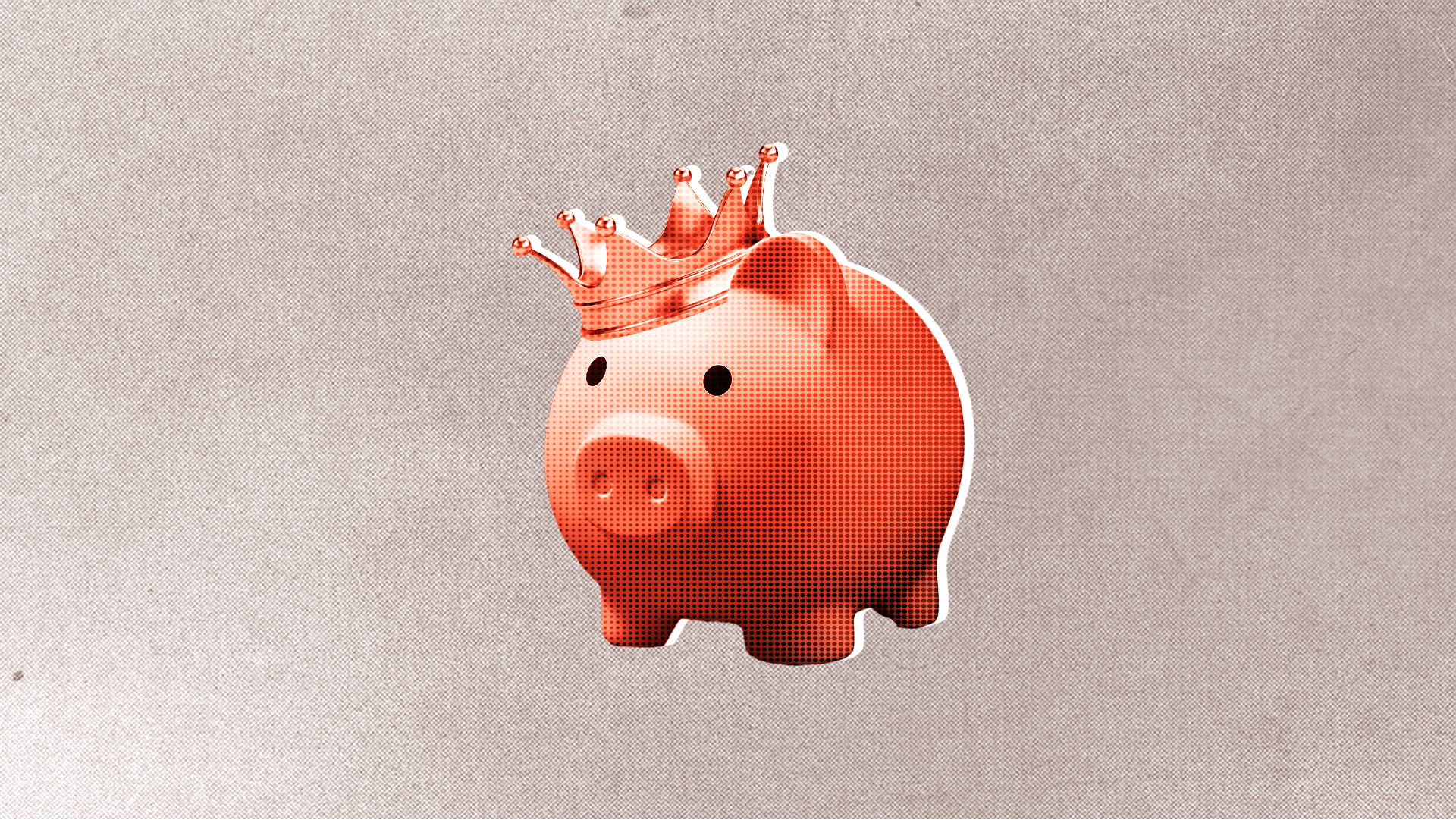The rise of HCRD - and where Aussie credit goes from here
7 minutes reading time
- Thematic
Transforming the global food system is one of the world’s most pressing challenges. From production to consumption and farm to fork, the food system is undergoing massive change driven by global demand to fundamentally re-imagine food and its environmental and social impacts.
From plant based and lab-grown meat, to edible insects and seaweed, smart farming and sustainable packaging, the next few decades will see a considerable shift in what we put on our plates and how we get it there.
The global challenge
According to the UN’s Hunger Report, 800 million people go hungry every day, and more than 2 billion lack the nutrients required for a healthy life. Rapid population growth will place intense pressure on food security and the environment. As the world grows to nearly 10 billion people by 2050, demand for food is expected to grow by more than 50 percent. More effective and responsible production practices are needed to scale the food system to meet the challenge.
Agriculture is one of the biggest sources of greenhouse gas emissions, accounting for 23% of total anthropogenic greenhouse gas emissions1. To avoid the worst impacts of climate change, we need to reduce these emissions while continuing to expand food production. To avoid further loss of natural capital and biodiversity, the area given over to agriculture needs to be constrained. At the same time, agriculture is vulnerable to the impacts of climate change with increased incidence of heatwaves, droughts, flooding, and other extreme weather events.
This article lays out the key issues impacting the future of food and how the industry is responding by increasing the sustainability of farming, expanding plant-based protein options, and improving supply-chains and packaging.
Key issues facing the food system
Demographic and demand shifts
Population growth, an expanding global middle class and accelerating urbanisation are major challenges for the global food system. The global population is expected to grow from 7.8 billion today to 9.7 billion by 20502, with most of this growth in Africa and Asia. Global urbanisation is also affecting food demand, with the percentage of people living in urban areas to increase from 55% in 2018 to 68% by 2050, up from just 30% in 19503.
Climate change
Water availability, climate volatility, and deforestation are the biggest issues challenging an ever-increasing demand for food. While the global population increased by 361% between 1900 and 2017, global water withdrawal grew by 547% over the same period, from 600 km3/year to 3,880 km3/year4. Optimising the efficiency of water use in production and distribution is critical for sustainability. Climate change will increasingly affect food systems. Rising temperatures and shifting rainfall patterns will put crop production at risk, leading to yield losses and higher food prices.
Equity, undernourishment and obesity
There has been a growing focus globally on sustainable diets which are protective and respectful of biodiversity and ecosystems, culturally acceptable, accessible, economically fair and affordable, nutritionally adequate, safe and healthy5. This focus is in response to rising rates of malnutrition and obesity. According to the World Health Organisation, nearly 700 million adults, or one in eight, are now obese6. Meanwhile, the number of undernourished people in the world is also increasing, now over 800 million. Undernourishment, coupled with severe food insecurity, is increasing in nearly all subregions of Africa as well as in South America. In many countries, nutrient-rich foods are significantly more expensive than unhealthy foods, and there is a lack of understanding about the components of a healthy diet, particularly among the poor and disadvantaged. The UN has warned that if current trends continue, the number of overweight and obese people could reach 3.3 billion by 2030, or about one third of the world population.
Food loss and waste
Experts distinguish between food loss, which results from inadequate technology and poor infrastructure along a value chain, and food waste – which is linked to consumer awareness and behaviour. The 2021 United Nations Environmental Protection Food Waste Index Report found that around 931 million tonnes of food waste were generated in 2019, 61% of which came from households7.
Industrial farming and land degradation
Industrial agriculture is a major driver of land degradation, deforestation, and greenhouse gas emissions. An estimated one third of all arable land is degraded, due to the overuse of agrochemicals, soil mismanagement, and poor farming techniques8. According to the UN Food and Agricultural Organisation (UNFAO), an average of 47 million hectares of forests are lost each year. An area of forest larger than the size of Germany has been lost in the last decade. Rainforests have been particularly vulnerable, a study by Yale University showed industrial agriculture accounts for 80% of the deforestation in tropical and subtropical countries9.
Emerging Solutions
Innovation and technology
For some time, the food and agriculture sectors have been slow to adopt new technologies such as the Internet of Things (IoT) and artificial intelligence; there have been low levels of related investment, inspiring relatively few startups in the field. New and advanced technologies will be key to improving consumer nutrition, increasing supply-chain efficiency and transparency, and boosting farmer productivity and profitability. While innovation in the sector is in its early stages, it has the potential to help deliver significant positive impacts for food systems by 2030.
Plant based and cell cultured foods
According to the UNFAO, meat and dairy account for 14.5% of global greenhouse gas emissions10. Recent years have seen substantive growth in the manufacture of plant-based and cellular alternatives to meat, poultry, seafood, dairy, eggs and other foods. Today’s plant-based meat and seafood products are produced by sophisticated processes that use a combination of vegetable by-products, seeds, and grains to mimic the flavour, colour, and texture of meat.
Cell-cultured meat refers to meat grown in labs, using cells from live animals. Having emerged from cell-culture applications such as antibody protein therapeutics, cell-based therapies, and regenerative medicine, cell-cultured meat technology promises sustainable and humane alternatives to slaughtered meat.
Smart farming
Smart farming describes a range of emerging technologies and production methods including a broad spectrum of indoor farming techniques (vertical, aeroponic, hydroponic and aquaponic), the use of precision farming equipment, digital technologies, sensors, telecommunications equipment and software that support sustainable increases in yield and quality for crops and livestock.
Vertical farming refers to the process of growing crops in vertically stacked beds or shelves inside controlled-environment buildings or containers. The process uses artificial lights and soilless growing techniques to simulate a crop’s optimal growing environment. Hydroponic farm operators follow a soilless growing method that places crops’ roots directly in containers filled with nutrient-enriched water.
Figure 1: AppHarvest Indoor Tomato Farm, Kentucky USA

Source: AppHarvest.
A broad range of agricultural science and technology applications leverage the IoT, remote sensors, GPS tracking, remote tractors, drones, and satellites, which allow producers to make better informed decisions on strategy, operations and risk management from planting, weeding, irrigation, harvesting, and fertiliser application.
Finally, smart farming includes seed science and bio-based crop protection and bio-stimulants including gene editing and breeding technologies, (but excluding gene modification).
Organic foods
Demand for organic foods is expected to continue to grow as consumers continue to better understand the impact of intense agricultural practices which overly rely on chemical-based crop protection products and fertilisers to maximise yields at the expense of the health of the soil and the end consumer.
Food safety and testing
Consumer concern around food safety and contamination has led to the development of food safety solutions. In food applications, diagnostic solutions are typically provided to food producers and processors who utilise them to test for potential contaminants, whether chemical, viral, bacterial or microbiological, pathogens, toxins, allergens and drug residues as well as genetic modification. In environmental applications, such solutions are used in several applications including the analysis of chemical pollutants in air, water and soil.
Food supply chain and packaging
Recent years has seen considerable advancement in food supply chain logistics. This includes picking, cleaning, peeling, sorting, packing, logistics, transportation and warehousing.
Figure 2: Robot picking tomatoes

Source: Agritech Tomorrow.
Regulations on the use of single use plastics and consumer preference has seen considerable advances in the area of sustainable packaging. This includes packaging innovation and technology such as biodegradable packaging peanuts, packaging from organic materials such as cornstarch and other recycled organic matter, fiber-based packaging derived from sustainable forestry, recycled cardboard and paper, and the increasing use of containers made from recycled plastic, aluminium and glass.
This contributed article was authored by HolonIQ, a leading platform for impact market intelligence.



